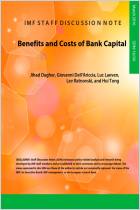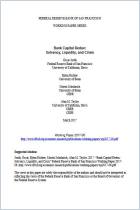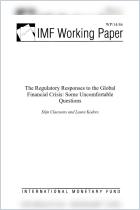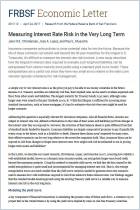
Article
Capital Buffers
How much capital banks need is an important public policy question.
Read or listen offline
auto-generated audio
1×
auto-generated audio
Recommendation
It seems there can be too much of a good thing. After the global financial crisis, policy makers speculated whether they could have mandated a specific level of capital for banks that would have mitigated the crisis’s impact. Economists Jihad Dagher, Giovanni Dell’Ariccia, Lev Ratnovski and Hui Tong find that a higher capital requirement adds critical value up to a certain point, with diminishing returns beyond that. getAbstract suggests this succinct but informative article to regulators and bank executives still wrestling with how to ensure a safe financial system.
Take-Aways
About the Authors
Jihad Dagher et al. are economists with the International Monetary Fund’s research department.

















Comment on this summary or Start Discussion